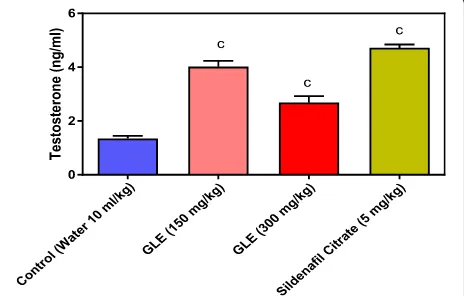Evaluation of aphrodisiac activity of ethanol extract of Ganoderma lucidum in male Wistar rats
Full text
Figure
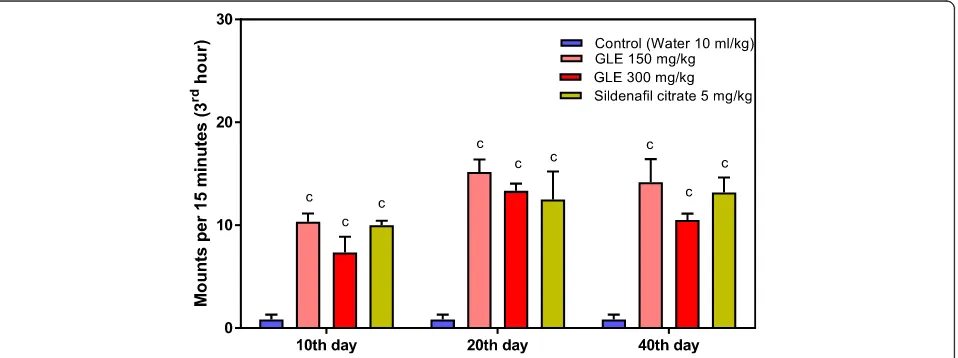
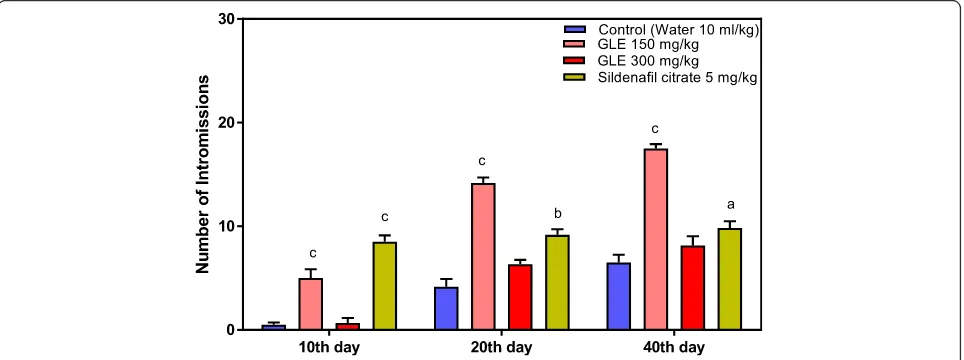
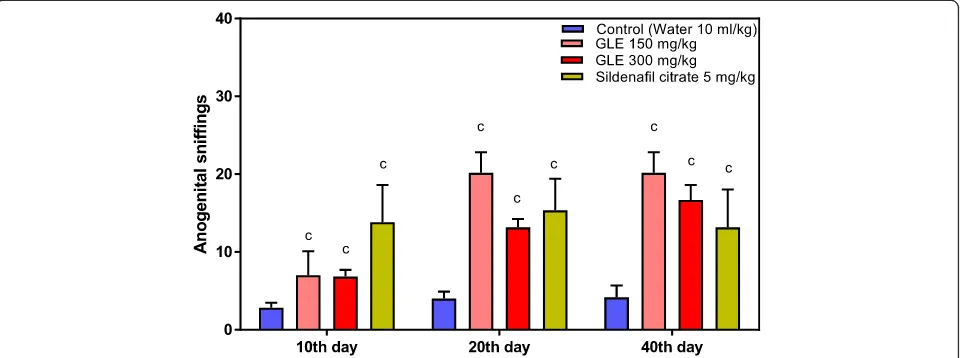
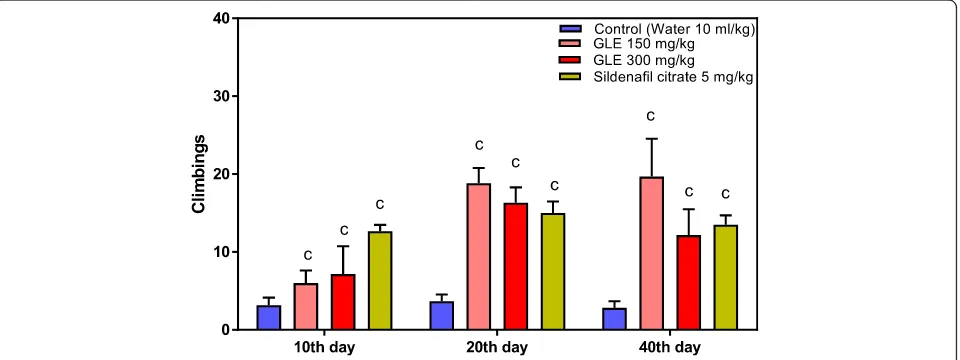
Related documents
In the pre-ACCESS group, five out of 9 patients undergoing inpatient colonoscopy (56%) were discharged and underwent surgery during a separate admission: three patients were
We identified large areas where data gaps impede model validation: ex- cept for very few areas (e.g., Adelie Land), measurements in the elevation range between 200 m and 1000 m
(Table 2) All cases demonstrated variable anatomical improvements following angioplasty. Improvements in dTTP were observed in 15 patients. Lack of improve- ment in dTTP was noted in
At day D the system receives the information on the wind fields of the last 24 h (analysis) and for the next 120 ones (forecast). Based on this, and granted the cited correction of
“A finite basis theorem for difference term varieties with a finite residual bound”.
These included intended purposes of the mission statement, standards for faculty staff, requirements for clinical training by students, program budgetary autonomy and transparency,
Impact of simultaneous pancreas and kidney transplantation on cardiovascular risk factors in patients with type I diabetes mellitus.. Malheiro J, Martins L, Fonseca I, Gomes A,
Using data from the Cape Area Panel Study (CAPS), this study applied three types of Heckman selection model, including Heckman Two-Step estimation, and weighted and unweighted
